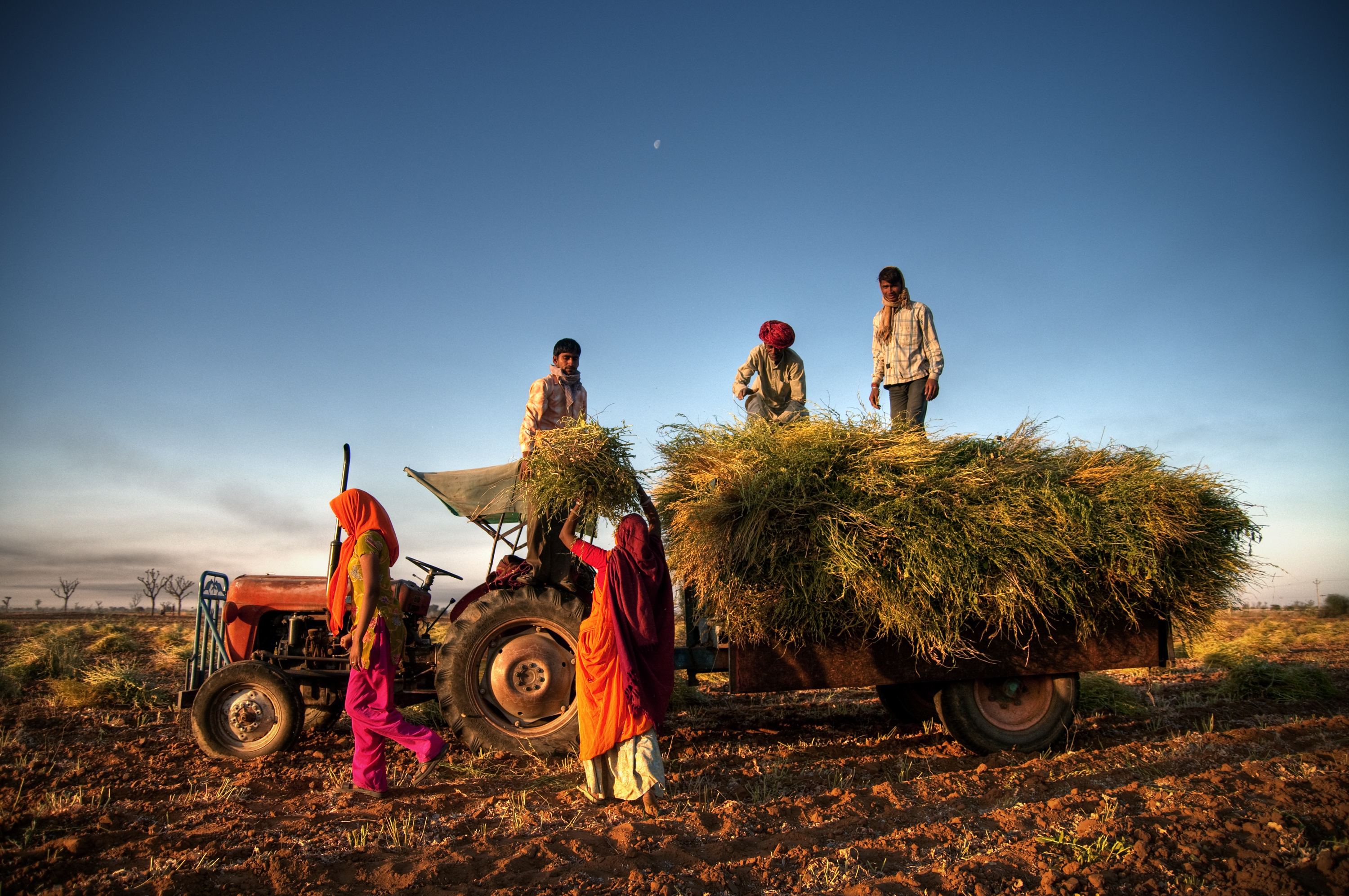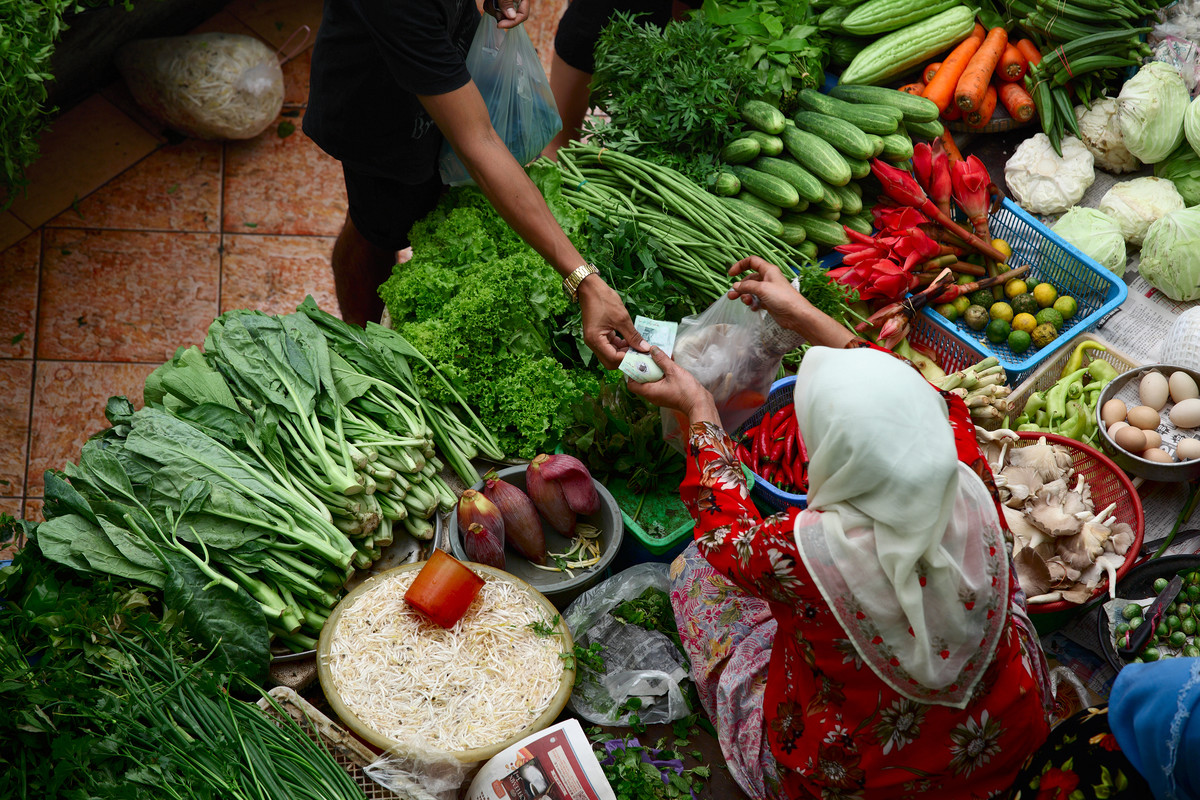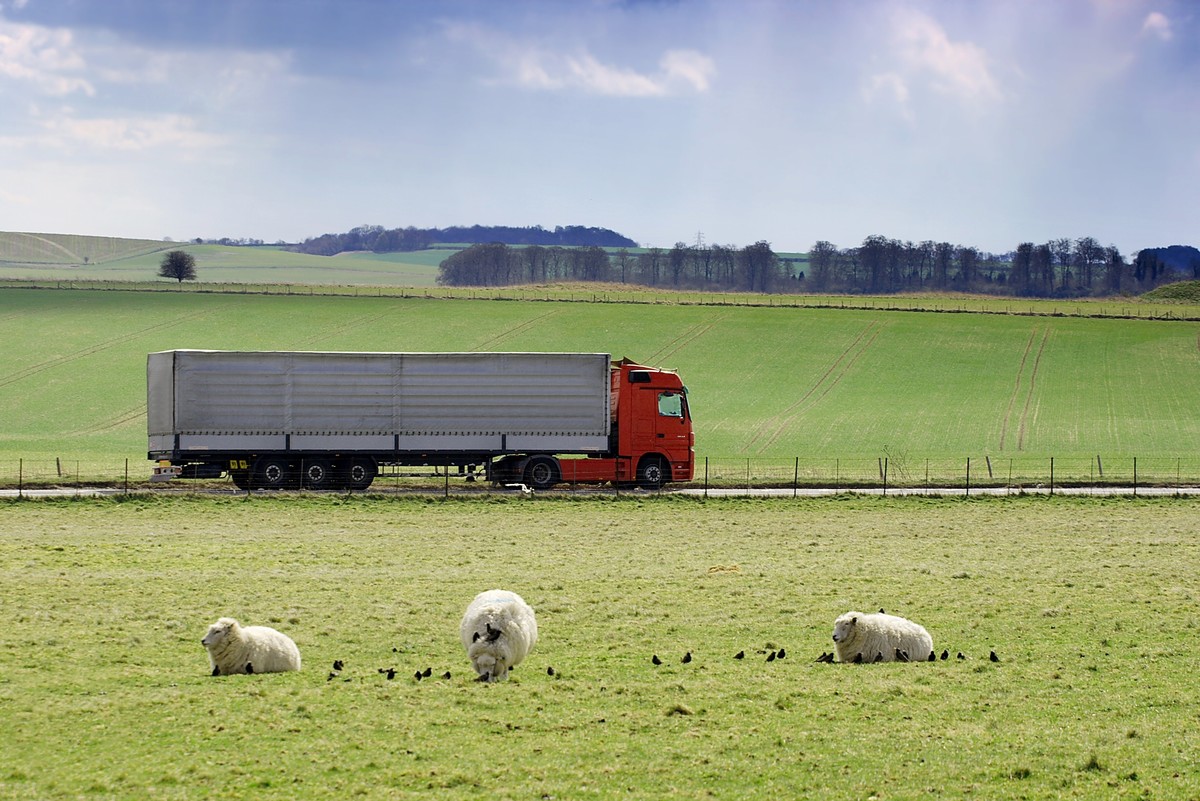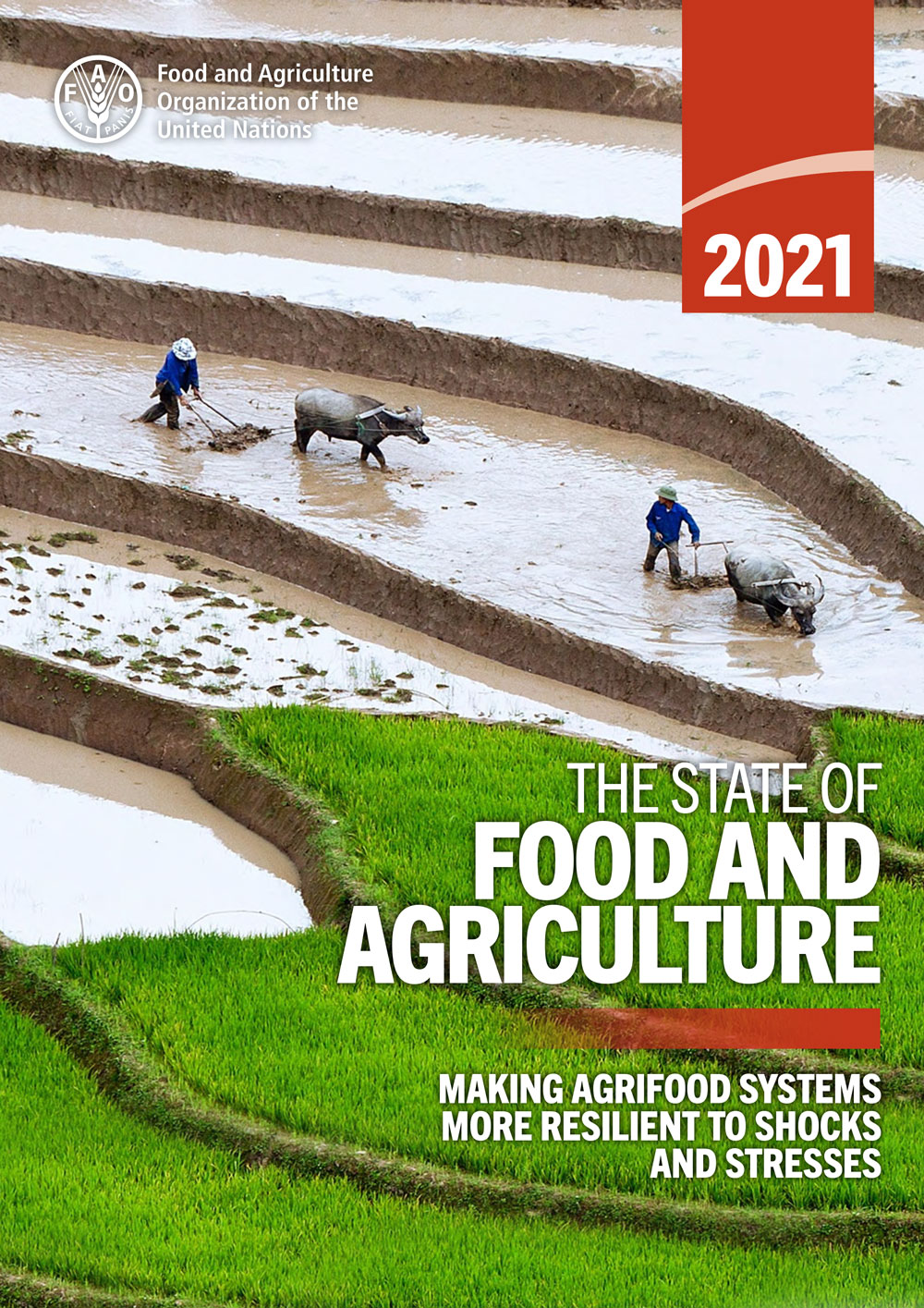Understanding agrifood systems
First, let’s look at what agrifood systems are. Before food reaches our plates, it travels a long way. It’s every stage of that journey – from harvest to consumption – that makes up our agrifood systems. They involve a set of interlinked activities that encompass farming, processing, transporting, eating and more.
Although often complex and international in scope, agrifood systems have three main components:
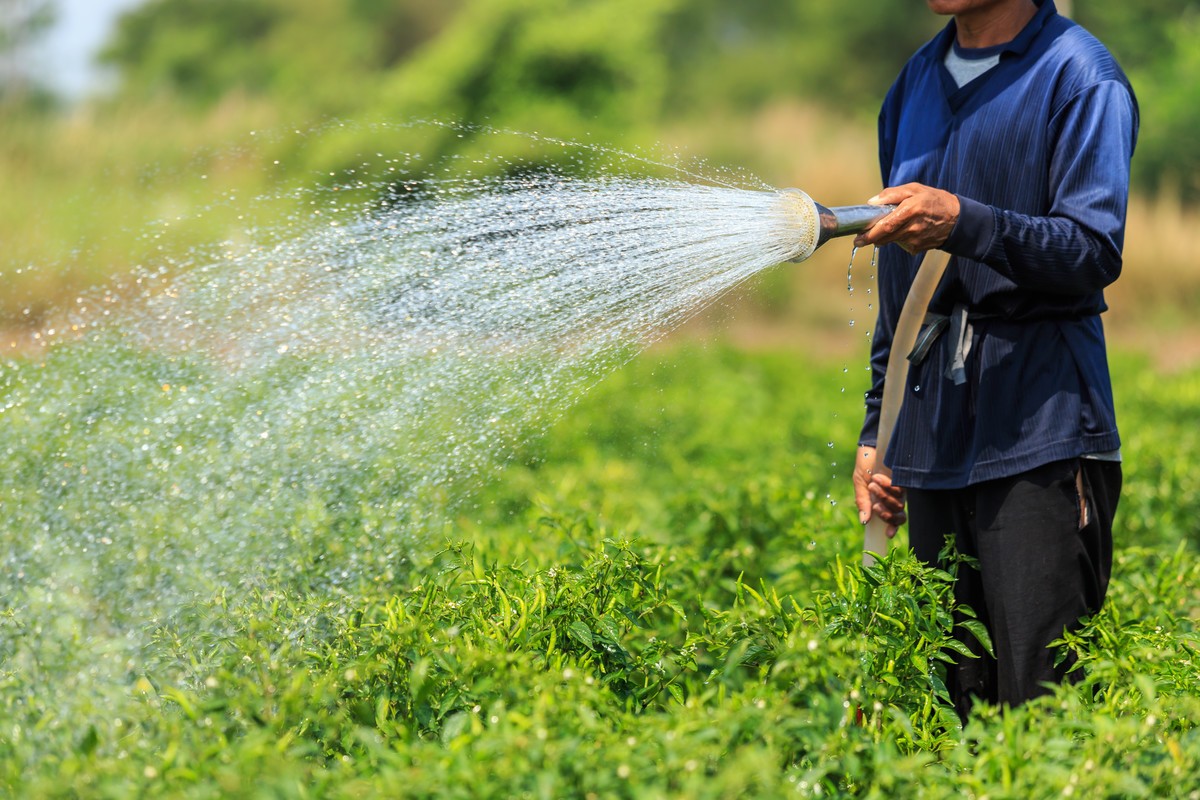
1
Primary production
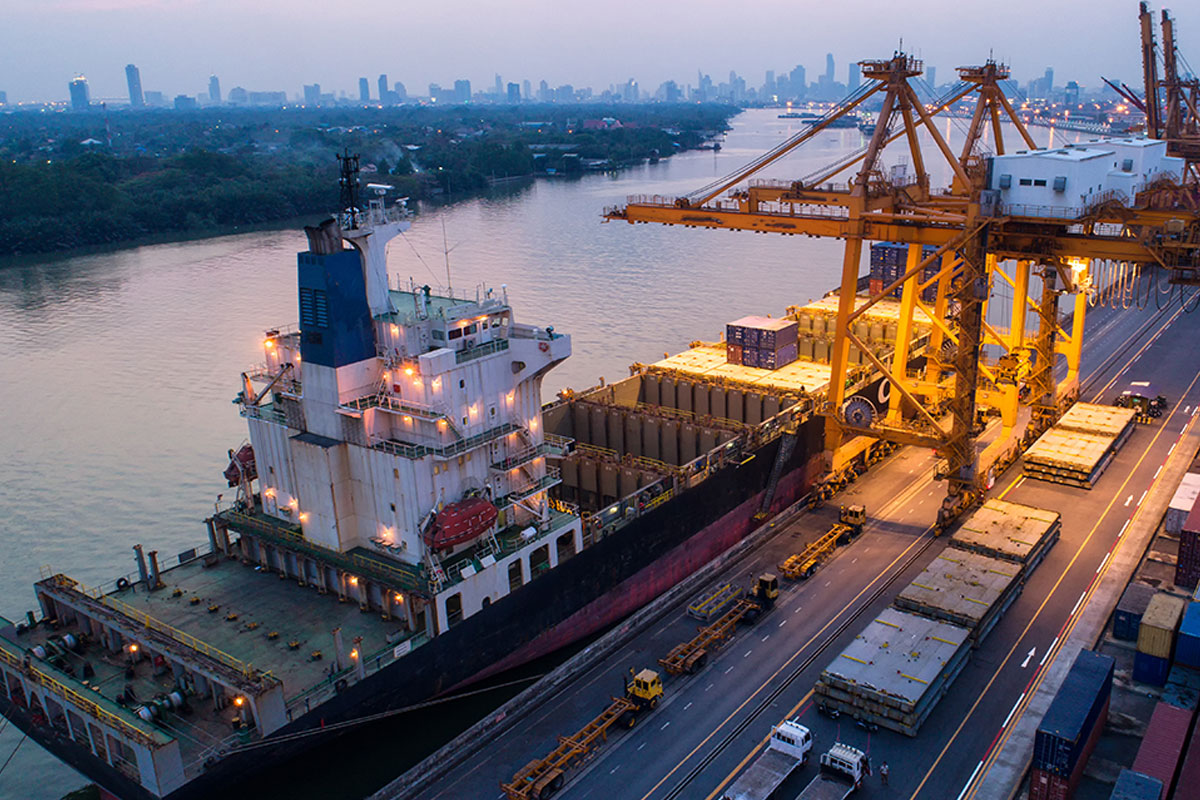
2
Food distribution through food supply chains and transport networks
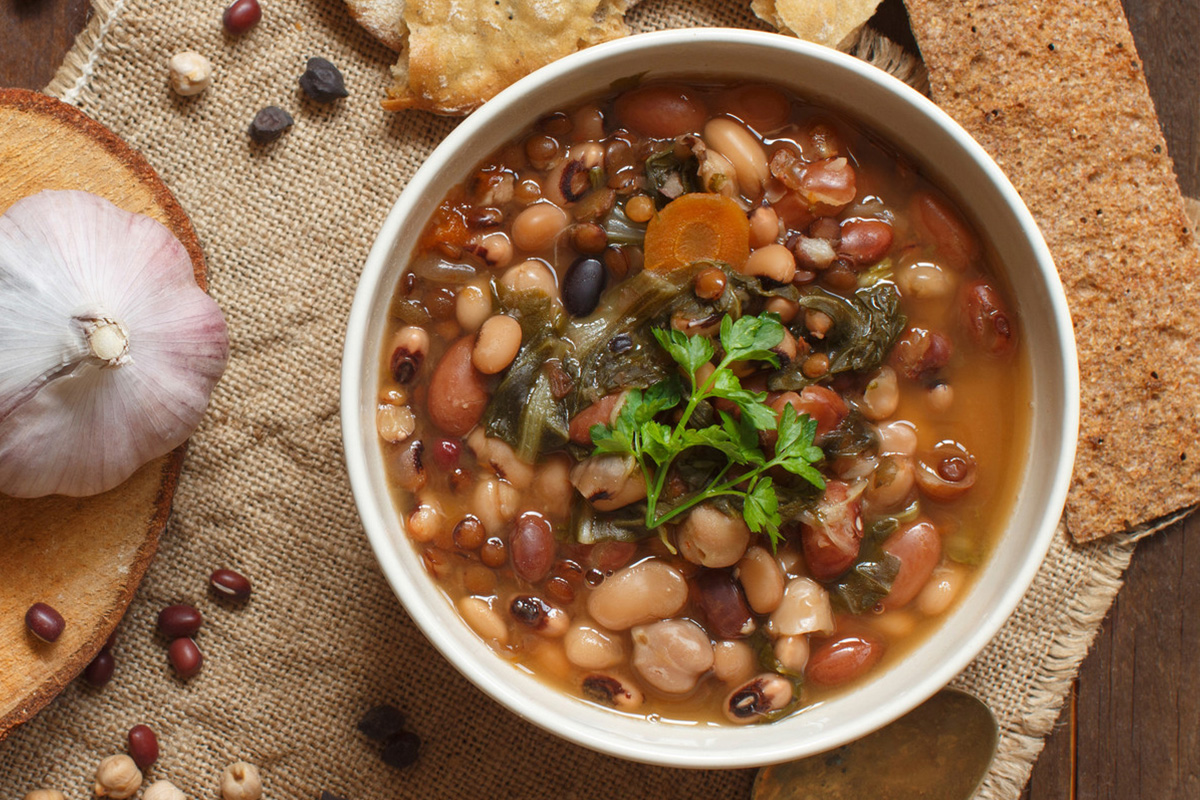
3
Household consumption
From farmers to truck drivers and beyond, agrifood systems involve many actors operating across different components. Shocks or stresses in any of these components can spread rapidly throughout systems and threaten the functioning of supply chains and the food security and nutrition of consumers.
